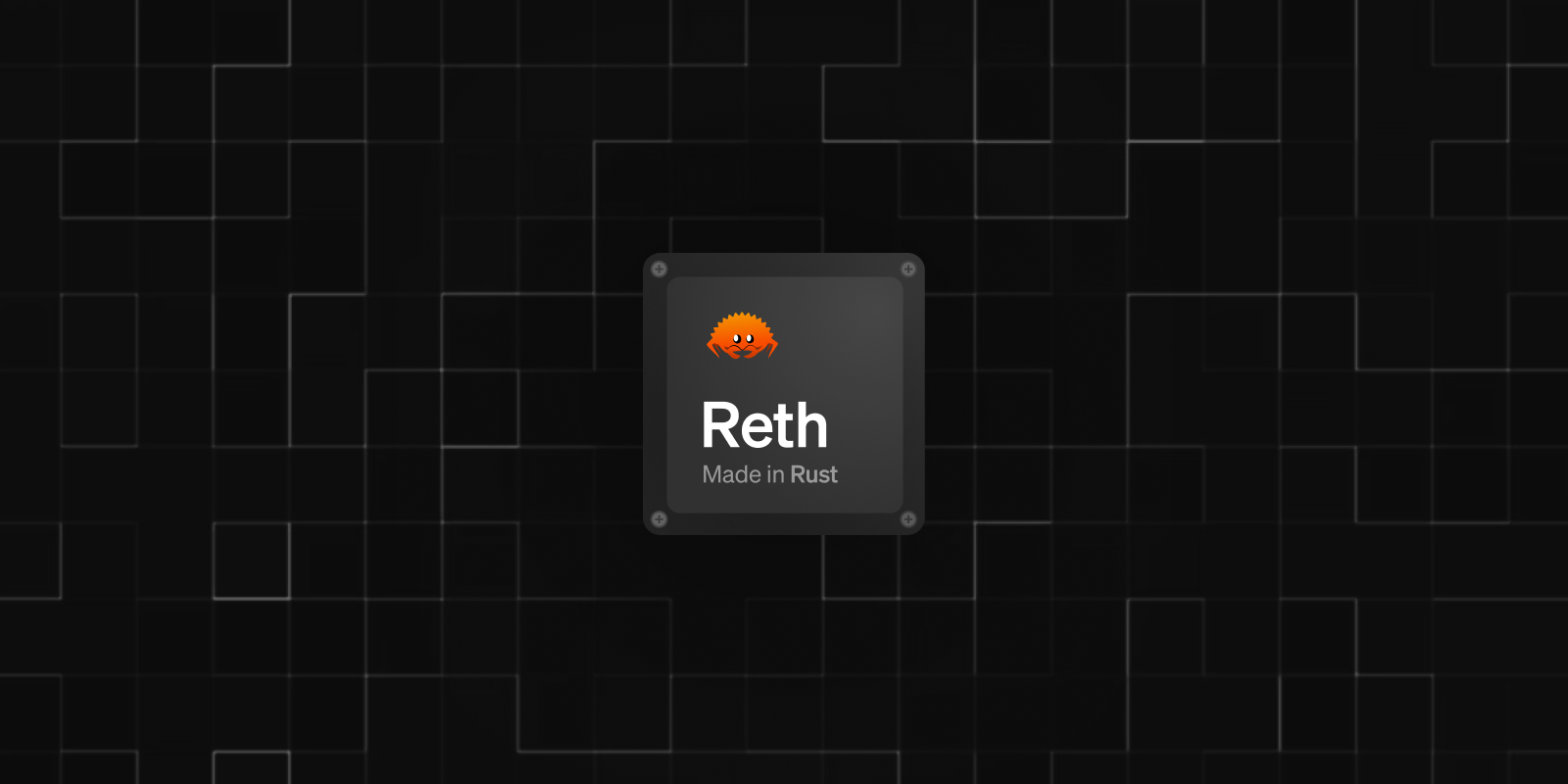
Secure, performant, and modular blockchain SDK and node.
Run a Node
# Install the binary
brew install paradigmxyz/brew/reth
# Run the node with JSON-RPC enabled
reth node --http --http.api eth,traceTrusted by the Best
Leading infra companies use Reth for MEV applications, staking, RPC services and generating zero-knowledge proofs.




Built with Reth SDK
Production chains and networks are powered by Reth's modular architecture. These nodes are built using existing components without forking, saving several engineering hours while improving maintainability.
~3K LoC
~1K LoC
~5K LoC
~6K LoC